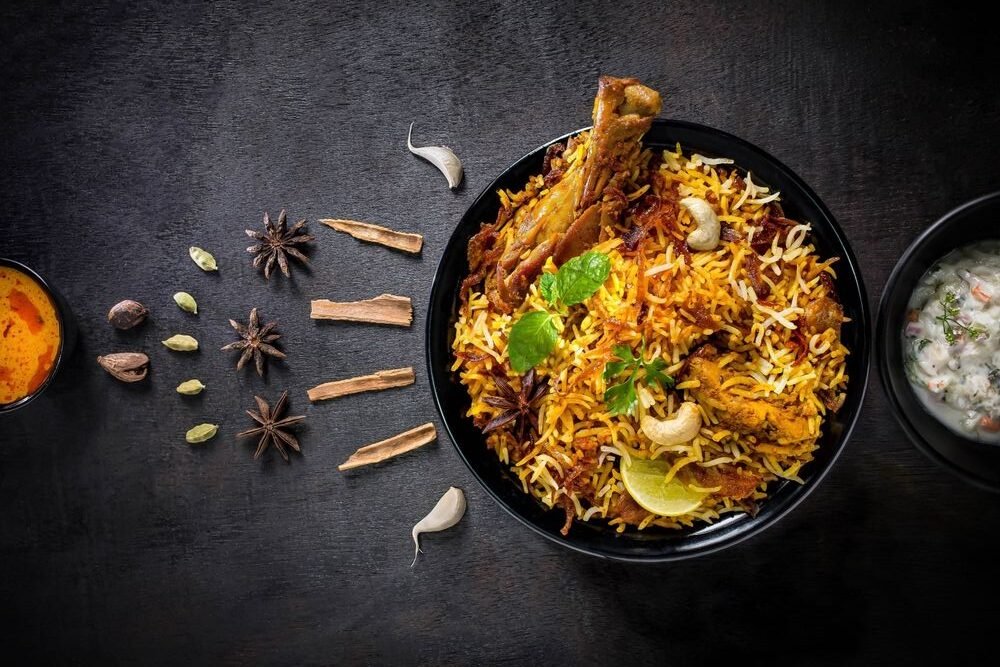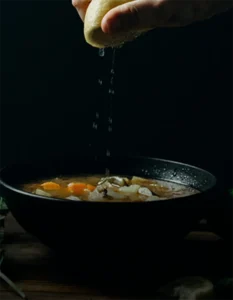Food pairing is an art that can transform a simple meal into an unforgettable culinary experience. The right combination of flavors can enhance the taste, texture, and aroma of your dishes, making them more balanced and enjoyable. While some pairings, like tomatoes and basil or peanut butter and chocolate, are classic, exploring new flavor combinations can elevate your cooking to the next level. Understanding why certain foods complement each other helps you become more confident and creative in the kitchen.
Balancing Flavors: Sweet, Salty, Sour, Bitter, and Umami
The key to successful food pairing lies in balancing the five primary tastes: sweet, salty, sour, bitter, and umami. Each flavor profile interacts differently with others, creating either harmony or contrast. For instance, pairing sweet foods like fruit with something salty—such as melon and prosciutto—creates a delicious balance that stimulates your taste buds. Similarly, the richness of fatty foods like cheese or meat can be cut by acidity, making lemon or vinegar excellent additions to dishes like grilled fish or salads.
Umami, the savory flavor found in ingredients like mushrooms, soy sauce, and aged cheeses, pairs beautifully with foods that have depth, such as tomatoes or beef. The combination of umami and sweetness is another winning match, which is why dishes like teriyaki, with its soy-based sauce and hint of sugar, work so well.

Complementary Textures and Temperatures
Food pairing isn’t just about taste—texture and temperature also play crucial roles. A dish with contrasting textures, like a crunchy topping on a soft dessert (think crumble on apple pie), adds a layer of complexity that makes each bite more interesting. Similarly, temperature contrast can enhance the eating experience. A classic example is serving hot coffee with cold ice cream in an affogato, where the hot and cold elements create an appealing sensory combination.
Wine and Food Pairing: A Timeless Match
When it comes to pairing food and drink, wine is one of the most important components to consider. A good wine pairing can elevate the flavors of a meal, while the wrong pairing can overpower or clash with the dish. The basic rule of thumb is to match the intensity of the food with the wine. Light dishes like salads or grilled chicken go best with lighter wines, such as a crisp Sauvignon Blanc, while rich, hearty meals like steak or lamb pair beautifully with full-bodied reds, like Cabernet Sauvignon.
Acidity in wine plays a major role too—it can cut through the richness of fatty dishes and cleanse the palate, making the meal more enjoyable. For example, a zesty Chardonnay pairs well with buttery dishes like lobster, as the acidity balances out the richness.
Experimenting with Unique Pairings
While there are classic pairings that have stood the test of time, don’t be afraid to experiment with new and unexpected flavor combinations. Pairing something spicy with something sweet, like chili and chocolate, can create a surprising yet delightful contrast. Fresh herbs can also add a new dimension to dishes—try mint with lamb or cilantro with grilled fish for a refreshing twist.
In conclusion, food pairing is a fun and rewarding way to enhance your cooking skills and bring new excitement to your meals. By balancing flavors, textures, and temperatures, and experimenting with both traditional and unique combinations, you can create dishes that are not only delicious but also beautifully harmonious.



